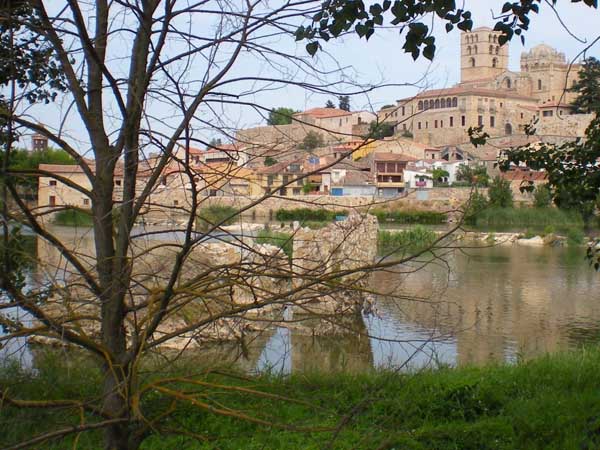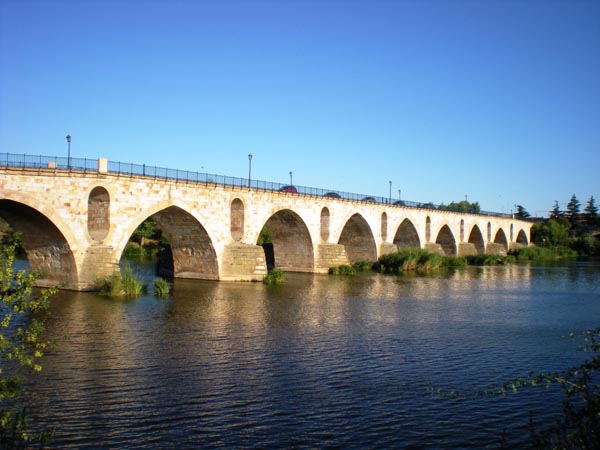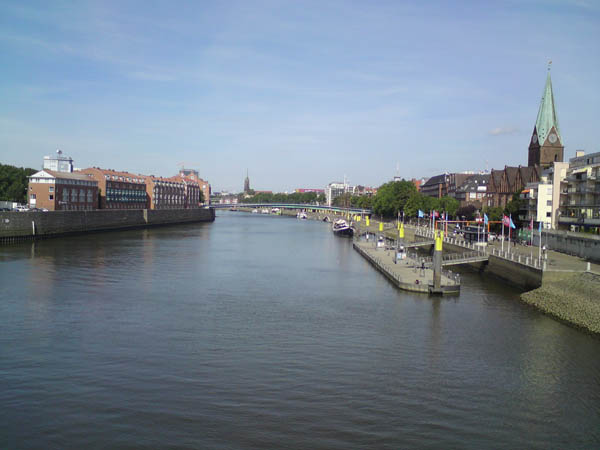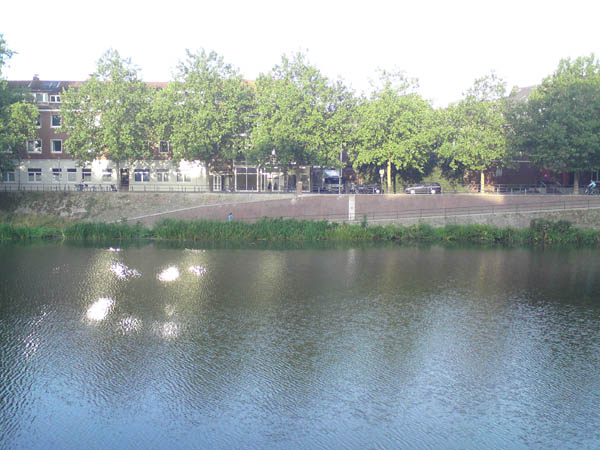|



Pics25
FULDA GERMANY : Geography: The Fulda is 220,7 km long and one of the biggest rivers in Hesse. It flows from the Hessian part of the Rhoen (highest peak: Wasserkuppe). The Fulda unites with the Werra at Muenden (Lower Saxony) and forms the Weser River which flows into the
NORTHSEA. There are 109 km navigable by boat. Recreation: There is a nice and recreative atmosphere on the banks of the Fulda River. This area is called “Aueweiher”. It’s famous for its pastime activities on the jogging, biking, and walking tracks. Some prefer to sit and fish trout, though. A speciality is the “Rhön-Forelle” offered in many restaurants. You can even join the Canoe Club. Its members have already won gold medals at championships. Fauna and Flora: The Fulda is considered to be a green river with algae, reed, moss, grass and a rich diversity of flowers. Fishes like
eel, brown trout, perch, pike, and zander; and birds like: swans, ducks, beautiful insects like dragon-flies and butter-flies have their habitat there. You can even meet water snakes if you take a swim in the Fulda.
|


























































































